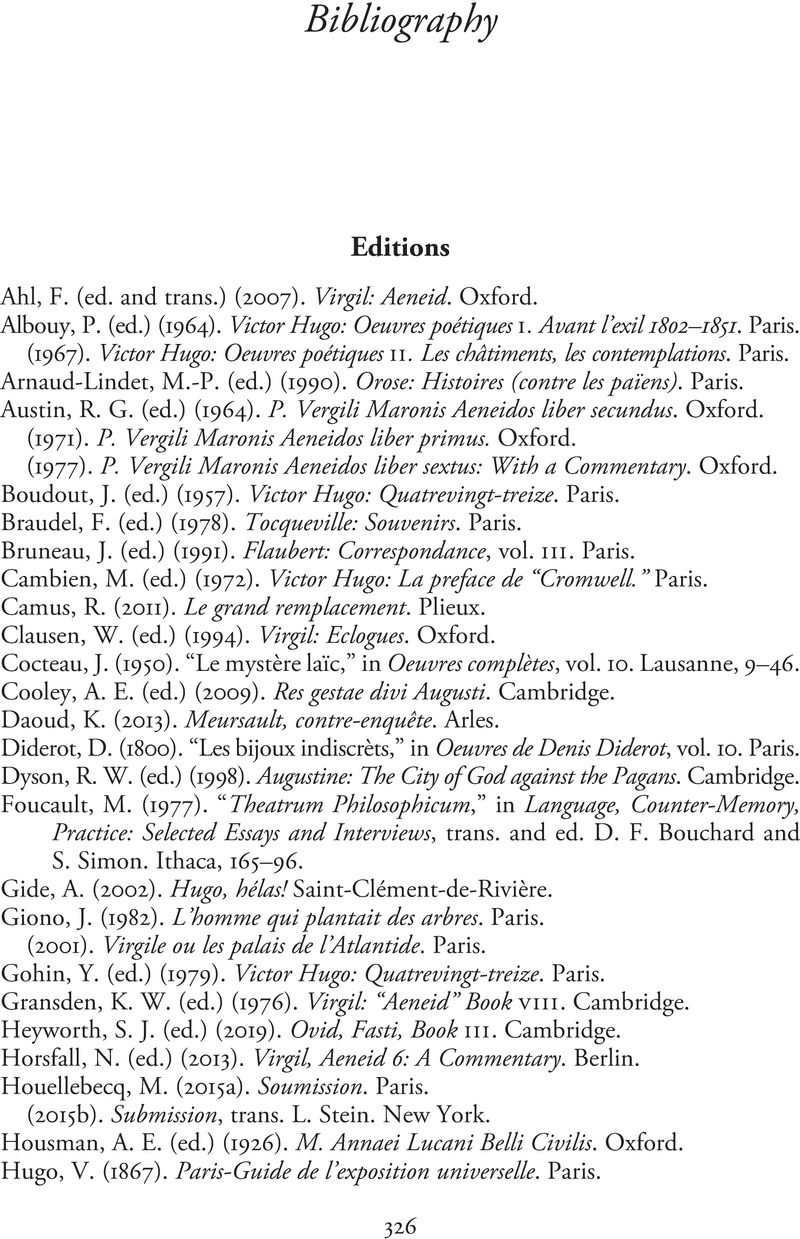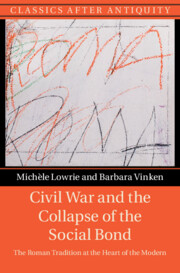Book contents
- Civil War and the Collapse of the Social Bond
- Classics after Antiquity
- Civil War and the Collapse of the Social Bond
- Copyright page
- Dedication
- Dedication
- Contents
- Figures
- Preface
- Acknowledgments
- Introduction
- Chapter 1 Figures of Discord
- Chapter 2 Oriental Empire
- Chapter 3 Empire without End
- Chapter 4 The Eternal City
- Chapter 5 The Republic to Come
- Chapter 6 The Empire to Come
- Bibliography
- Index
- References
Bibliography
Published online by Cambridge University Press: 06 October 2022
- Civil War and the Collapse of the Social Bond
- Classics after Antiquity
- Civil War and the Collapse of the Social Bond
- Copyright page
- Dedication
- Dedication
- Contents
- Figures
- Preface
- Acknowledgments
- Introduction
- Chapter 1 Figures of Discord
- Chapter 2 Oriental Empire
- Chapter 3 Empire without End
- Chapter 4 The Eternal City
- Chapter 5 The Republic to Come
- Chapter 6 The Empire to Come
- Bibliography
- Index
- References
Summary

- Type
- Chapter
- Information
- Civil War and the Collapse of the Social BondThe Roman Tradition at the Heart of the Modern, pp. 326 - 355Publisher: Cambridge University PressPrint publication year: 2022



